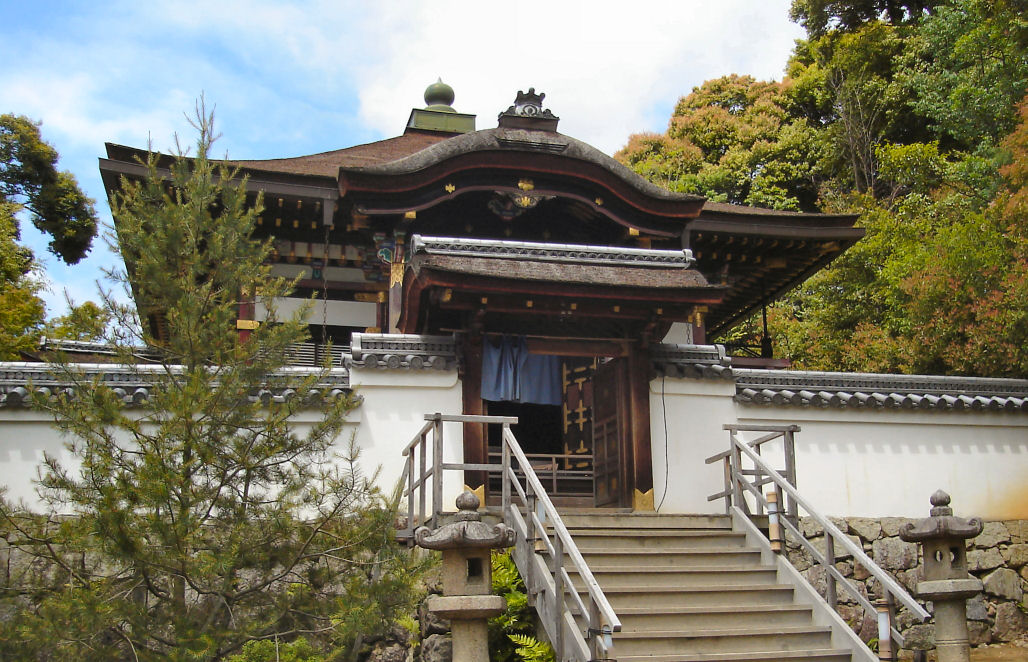

Otamaya / Kodaiji Temple
The Otamaya (mausoleum) at Kodaiji Temple is an important structure within the temple built by Kitanomandokoro (Nene), the wife of Toyotomi Hideyoshi, and later Kodaiin, to mourn Hideyoshi. The Otamaya was established as a mausoleum to enshrine Hideyoshi and Kitanomandokoro, and is one of the central features of Kodaiji Temple. Its magnificent design and historical background are an important part of Kyoto's temple culture and Japanese history. The architecture of the Otamaya is the height of Momoyama culture, characterized by its magnificent yet dignified construction. The roof is of the elegant hogyo-zukuri style, using the traditional technique of hiwadabuki (cypress bark roofing). Wooden statues of Toyotomi Hideyoshi and Kitanomandokoro are enshrined inside, and these statues are deeply impressive to visitors. The decoration of the mausoleum is decorated with gold leaf and exquisite color work, embodying the glamorous aesthetic sensibility of the Momoyama period. The mausoleum was built in the Keicho era (late 16th to early 17th century) and has undergone several restorations since then. The background of the establishment of the mausoleum is that after Hideyoshi's death, Kitanomandokoro entered Buddhist studies at Kodaiji Temple and lived a life of prayer. Her deep love and respect for Hideyoshi can be seen in the magnificent appearance of the mausoleum. In addition, Kodaiji Temple itself is a famous temple in Kyoto, and the Otamaya is a popular spot for many visitors and tourists. The entire temple is known for its karesansui-garden (dry landscape garden) and autumn foliage, and the Otamaya stands out among them as an important building with historical and artistic value. When visiting the mausoleum, one can better understand its historical background and cultural significance by paying attention to the architectural details, the beauty of the carvings, and the thoughts of Kitanomandokoro. The Otamaya of Kodaiji Temple shines brightly even today as a precious reminder of the rich culture of the Momoyama Period, a turning point in Japanese history.